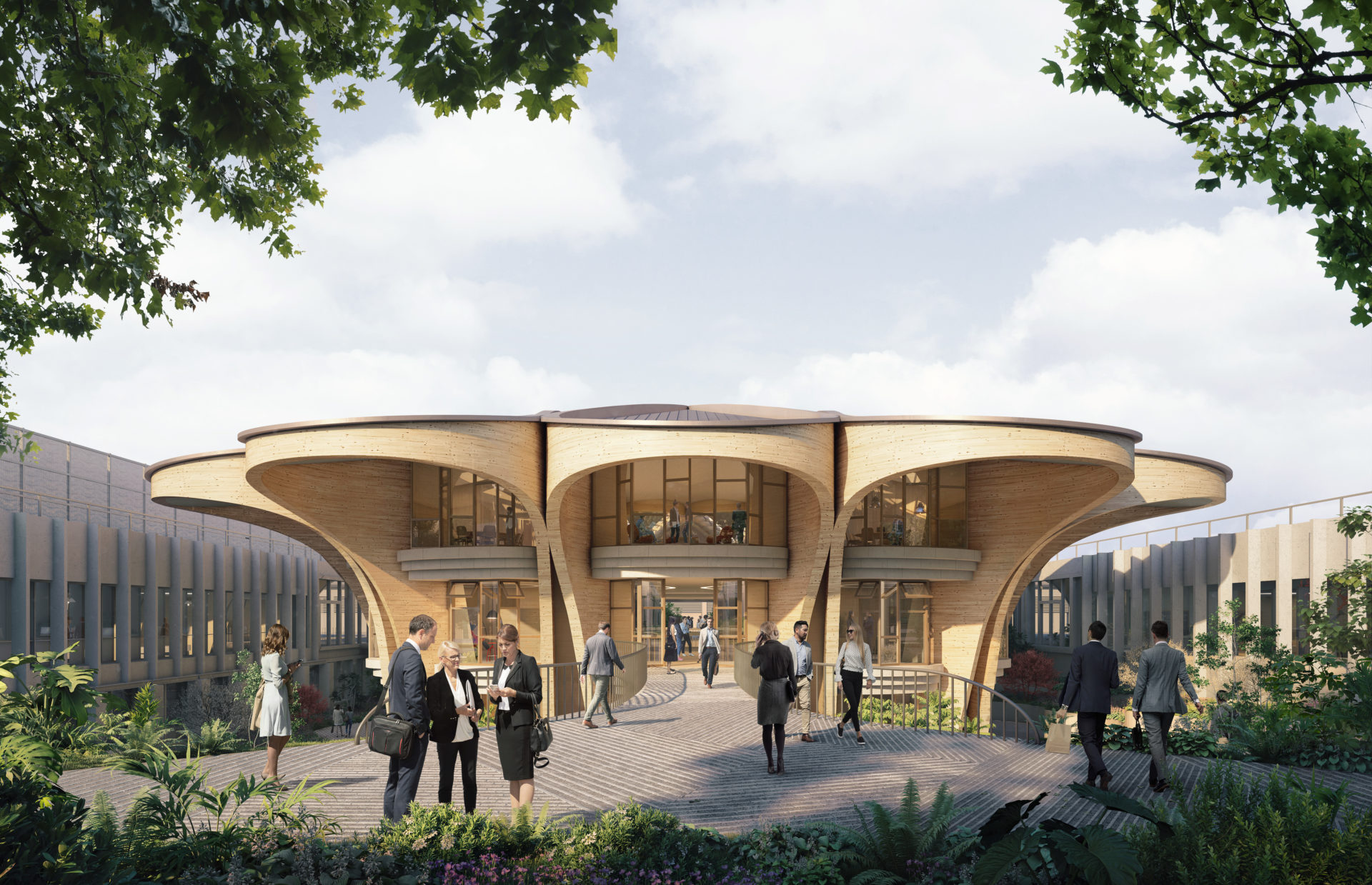Demonstrating The Versatility And Adaptability Of Mass Timber Through A Number Of Innovative Projects At Veretec
Mass timber has become an increasingly popular choice for the design and construction industry as we turn towards ever more sustainable practices and materials. Naturally grown in sunlight, it contributes to carbon sequestration, meaning the use of timber in construction captures and stores carbon dioxide as well as being renewable, particularly if sourced from sustainable forests.
Sophisticated engineering and manufacture means we can now produce stable, lightweight and environmentally-friendly building solutions. By also considering the end of life of buildings, we can design the re-use of the mass timber to allow for a fully circular process.
But what about the cost? Although timber structures may appear to cost more than other alternatives, they can also contribute to overall project cost savings due to lighter foundations being required and faster construction time. Timber environments also have additional inherent benefits such as contributing to well-being and reduced stress levels from being in an environment with natural materials.
Despite these benefits, timber may not be suitable for all buildings. Recent changes to building regulations means that certain buildings over 18 metres in height, including residential blocks and hospitals, are required to use non-combustible materials (European Class A2-s1,s0 or Class A) in the external wall build ups – which timber cannot achieve. But for office buildings, for example, timber can meet the fire requirements, either through coatings, oversizing to allow for charring, or a combination of both depending on the requirements.
At Veretec, we have been fortunate to work on a number of innovative projects which have helped demonstrate the versatility and adaptability of mass timber, with modern manufacturing methods contributing to the realisation of increasingly complex structures, including EXPO Pavilion 2020, 36-38 Berkeley Square, The Green House and Project Apple.
Educating clients about the benefits of mass timber will be key to its wider adoption, as will involving and reassuring building insurers at an early stage of development to better understand the material’s potential and performance.
The more we use timber, the greater its potential to create beautiful and efficient buildings, as well as help reduce the construction industry’s carbon footprint. Continued research and innovation in the timber industry will allow for more sustainable, creative, and healthier buildings in the future.







